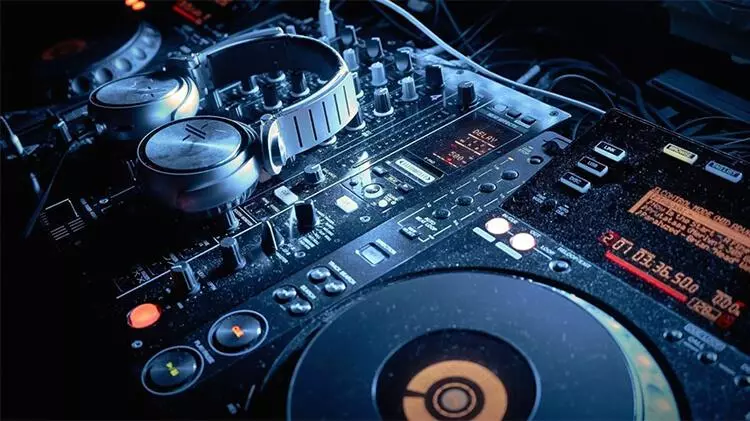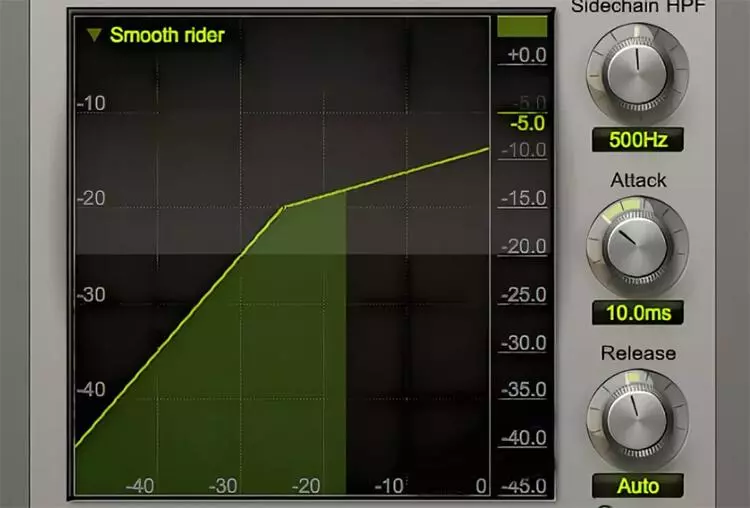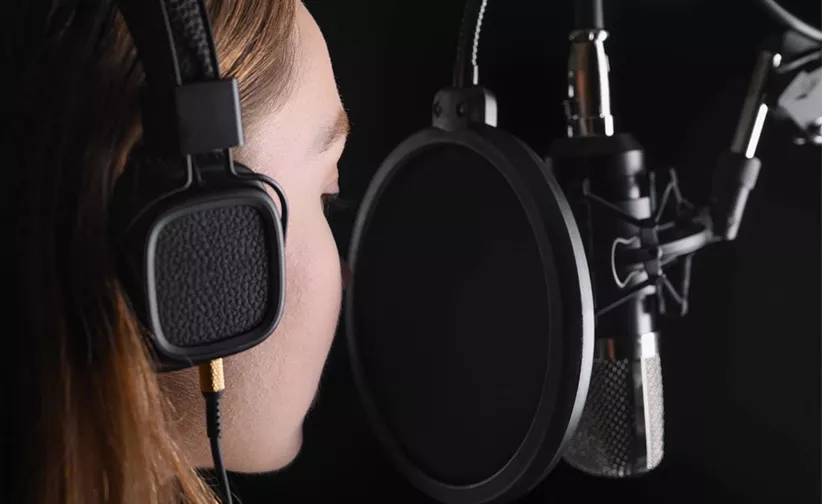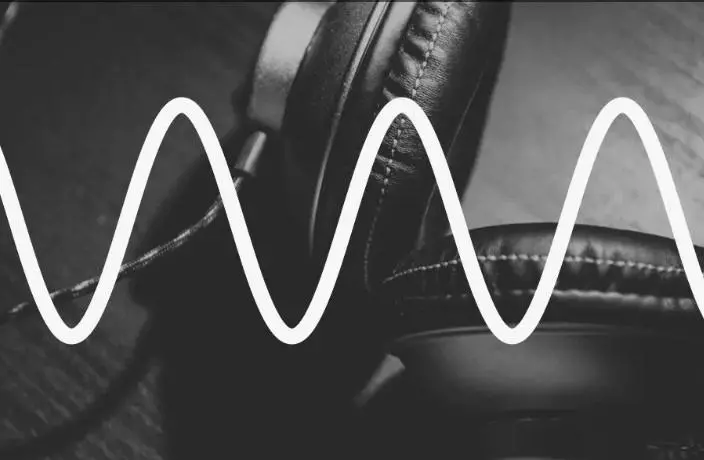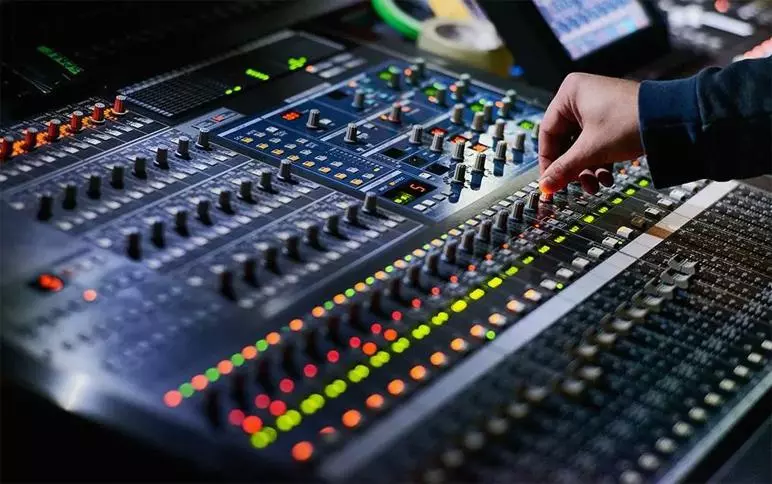- 1 Octave as a System for Combining Musical Notes
- 2 Musical Notes Duration
- 3 Additional Duration Increase
- 4 Clefs and Table of Musical Notes
- 5 Raising and Lowering the Sound of a Note
- 6 Designation of Rests and Their Duration
- 7 Musical Bars and Other Intervals on the Stave
- 8 Musical Notes and Chords
- 9 Sound Volume
- 10 How to Create Musical Compositions?
Musical Notes

As early as the 11th century, efforts were made to transcribe music into written form. However, it was not until the 17th century that the final version of musical notation was officially adopted. During this time, musicians had developed a system consisting of five lines, known as the musical stave, on which modern musical notes are positioned. These notes are either placed between the lines or directly on one of the five lines.
Each note represents a sound of a specific pitch, and the order in which they are written reflects the sequence in which they are meant to be played by the musician. Additionally, the duration of each sound is indicated through various symbols, allowing performers to read the musical notation like any other written text, play the melody in their mind, and reproduce it on a musical instrument.
By reading the instructions on how to use the Amped Studio music editor, you can attempt to create your own melody using online sheet music.
Octave as a System for Combining Musical Notes
Musical notes are commonly grouped into octaves, which refer to the interval between two notes that are 8 scale steps and 6 tones apart. When two notes that are an octave apart are played together, they will sound identical to the listener, but differ in pitch. Specifically, the higher note will have a frequency that is twice as high as the lower note from the previous octave.
To understand the concept of octaves, one can use piano notes on a keyboard instrument as an example. The piano keyboard, which has 85 keys, encompasses nine octaves arranged from left to right based on increasing sound frequency. The interval between the same sounds with different frequencies is referred to as an octave in musical notation.
The subcontraoctave, which includes only three notes as lower sounds are not used in music, is located on the left side of the keyboard. It is followed by the contra octave, as well as the great and small octaves. The 1st octave, situated in the center of the piano keyboard, is followed by the 2nd, 3rd, 4th, and 5th octaves. The 5th octave has only one note, as higher sounds are inapplicable in music and cannot be perceived by human hearing.
To illustrate how the musical octave system works, consider the example of the 1st octave in the center of the keyboard that starts with the note C and ends with B (inclusive). If you assign the number 1 to the C key and count the white keys from it to the right (towards the 2nd octave), the 8th key will be the C note of the 2nd octave.
When the two boundary keys are played together, they will produce a harmonious sound, but the pitch of musical notes will differ in frequency by a factor of two (the C note of the 2nd octave sounds twice as high as the same note in the first octave). This same effect can be observed when any other identical notes from different octave intervals are played simultaneously.
Musical Notes Duration
When referring to the duration of a musical note, it does not necessarily denote a specific period of time, but rather its relation to the duration of other musical symbols. The following is a list of sounds arranged in decreasing duration, with each subsequent symbol being half the length of its predecessor.
The longest musical note, lasting 8 beats, is known as the Maxima and is represented by a flag. This symbol was commonly used in the 13th and 14th centuries, but is now rare in modern music.
The Longa, with a duration of 4 beats, is also represented by a flag but is now rarely used in music.
The Breve, also known as a double whole note, lasts for 2 beats and is represented by a rectangular or oval shape with short vertical lines on either side.
The Semi-breve, now commonly referred to as a whole note, lasts for 1 beat and is represented by an empty oval.
The Minim, or half note, lasts for 1/2 beat and is represented by an empty oval shape with a vertical line on top.
The Quarter note, also called a crotchet, lasts for 1/4 beat and is represented by a filled oval shape with a vertical line.
The Eighth note, or quaver, lasts for 1/8 beat and is represented by a filled oval shape with a line and a tail.
The Sixteenth note, or semiquaver, lasts for 1/16 beat and is represented by a filled oval shape with two tails.
The Thirty-second note, or demisemiquaver, lasts for 1/32 beat and is represented by a filled oval shape with three tails.
The duration of musical notes can be as short as 1/64, 1/128, and 1/256, and the number of tails on the vertical line indicates the length of the note.
Most modern music only uses a range of note durations from whole notes to thirty-second notes. A whole note is equal to two half notes, four quarter notes, eight eighth notes, sixteen sixteenth notes, or thirty-two thirty-second notes. Similarly, a half note is equal to two quarter notes, four eighth notes, eight sixteenth notes, etc. By understanding this, it is easy to construct a tree of notes according to their duration.
When playing a melody, the duration of the note can be thought of as equivalent to a heartbeat. For example, a whole note should be played for the duration of four heartbeats. To simplify this process, musicians often count “One-and, two-and, three-and, four-and” in their head. A half note is played for half the duration of a whole note, so the counting becomes “One-and, two-and.” For a quarter note, the count is simply “one-and.”
Additional Duration Increase
Additional symbols on the stave can alter the duration of a note. Here are some examples of such musical notation:
- A musical symbol that can modify the duration of a note is the dot placed on the right side of the note. The dot indicates that the note’s duration is increased by half of its original duration. For instance, if a whole note has a dot next to it, its duration will be the same as a whole note and a half note combined (1 + 1/2). A dot next to a half note indicates that its duration is increased by a quarter note (1/2 + 1/4);
- If there are two dots next to a musical symbol, it means that the duration of the note should be extended by one and a half times the original duration, plus an additional quarter of the original duration. For instance, if a half note has two dots next to it, its duration would be equivalent to one half plus one quarter plus one eighth of the original duration;
- A Slur is a musical notation used to connect identical notes with a curved line. When playing notes connected by a slur, a musician should press the key once and hold it for the duration of all the notes connected by the slur, even if the notes have different durations. For instance, a slur might connect a quarter note and an eighth note, which would be equivalent to writing a dotted quarter note (1/4+1/8);
- A fermata is a musical notation in the form of a curved line with a dot above or below a note, indicating that the performer may hold the note longer than its written duration, at their own discretion.
Clefs and Table of Musical Notes
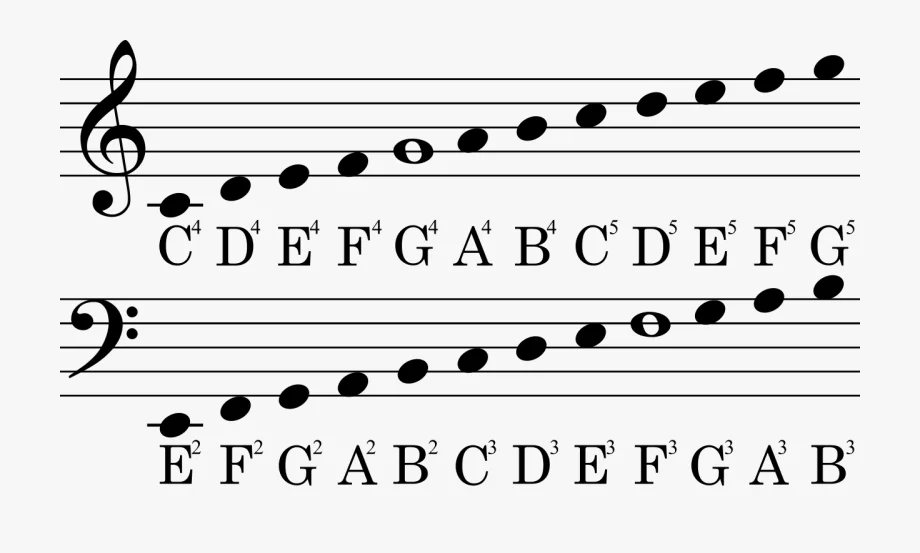
The most commonly used clefs in musical notation are the treble and bass clefs. When playing the piano, they are particularly useful as the notes for the right hand are typically written in the treble range, while those for the left hand are written in the bass range. The treble clef starts from the second line of the stave, which indicates the note G in the first octave of the melody. The bass clef, on the other hand, begins with the note F on the fourth line of the stave in the bass range.
Although it may seem easier to read a musical composition written in only one clef, this is not the case. The five lines of the stave can typically accommodate only two octaves of notes, and adding more lines to represent higher or lower sounds would make the notation too complex and difficult to read. Therefore, piano music is written in two clefs. Let’s take a look at how musical notes are arranged on the stave for the low, small, first, and second octaves.
Bass Clef
| Large octave | Small octave | |
|---|---|---|
| C | On the 2nd additional line under the stave | Between the 2nd and the 3rd |
| D | Under the 1st additional line at the bottom | Under the 1st additional line at the bottom |
| E | On the 1st lower additional line | Between the 3rd and the 4th |
| F | Under the 1st | On the 4th |
| G | On the 1st | Between the 4th and the 5th |
| A | Between the 1st and the 2nd | On the 5th |
| B | On the 2nd | Over the 5th |
Therefore, the C note of the first musical octave in the bass clef will be on the first additional one above the stave.
Treble Clef
| First octave | Second octave | |
|---|---|---|
| С | On the 1st additional line at the bottom | Between the 3rd and the 4th |
| D | Under the 1st line of the stave | On the 4th |
| E | On the 1st | Between the 4th and the 5th |
| F | Between the 1st and the 2nd | On the 5th |
| G | On the 2nd | Over the 5th |
| A | Between the 2nd and the 3rd | On the 1st additional line at the top |
| B | On the 3rd | Above the 1st additional line at the top |
To represent the C note of the third octave in the treble clef, it is necessary to add two extra lines above the staff and then place the appropriate musical symbol with the desired duration on the highest line.
Raising and Lowering the Sound of a Note
While there are seven natural notes in an octave, they may not always suffice to write a composition. Even the simplest of melodies may require more notes. In such cases, alteration can be used. Alteration refers to changing a musical note by a half tone, either by raising or lowering its pitch. The following symbols are used for alteration:
- Sharp. This symbol is used to indicate a higher pitch. For instance, if it is placed before the note D, you need to play D sharp. On a piano, the note D is produced by a white key, which is the second in a row of each octave. To play D sharp, you need to press the adjacent black key between D and E, which raises the pitch by a half tone. You may notice that there are no black keys between some of the white keys, specifically between E and F, and between B and C. The difference in sound between these notes is exactly one semitone, not a full tone like between other white keys. Therefore, the symbols “E sharp” and “B sharp” are equivalent to F and C, respectively;
- Double sharp. This musical notation represents raising the pitch by two half-steps consecutively. For instance, if applied to the note F, it would result in G, while for the note E it would be equivalent to F sharp;
- Flat. Flat symbol is used to lower the pitch of a note by a half step. It is the opposite of the sharp symbol which raises the pitch. The same rules apply for black and white keys as described for the sharp symbol;
- Double flat. This term refers to a decrease in pitch by two semitones.
In certain musical keys, the use of sharps and flats is minimal. For example, C major and A minor do not have sharps or flats by default. However, there are instances in which a particular sound needs to be raised or lowered by a semitone. In such cases, a sharp or flat symbol is placed directly before the desired note and is played on keyboard instruments once.
It is important to note that a note with a sharp or flat symbol does not mean that all subsequent notes with the same letter should also be played with the same symbol. Unless there are additional symbols next to them, all notes retain their original value.
In other musical keys, there may be one or more alterations. These alterations affect the entire composition and are written directly next to the clef, not near individual notes. For instance, if there is a flat symbol near the clef on the third line of the stave, then all B notes in the composition should be lowered by a semitone (played on the black key to the left of the white B key).
However, there may be exceptions even in keys with alterations. In some compositions, additional sharps or flats that are not found near the clef may be used to raise or lower the sound. These symbols are placed directly before the note.
Furthermore, there are occasions when a sound needs to be played without a sharp or flat, even in keys with alteration. In such instances, a natural sign is used, written before the note that does not need to be raised or lowered. For example, if there is an E flat marked near the clef but you need to play E, a natural sign is placed before the note. This natural sign also acts once, like flats and sharps near notes in keys without alteration.
Designation of Rests and Their Duration
Musical compositions are not composed of continuous sounds; rather, they alternate between sounds and silence. To indicate the periods of silence, rests are used and are marked on the stave with specific symbols to assist the performer in reproducing the composition accurately. Similar to notes, rests come in whole, quarter, eighth, half, sixteenth, and thirty-second durations, and their duration is calculated in the same manner as sounds.
The Stave and Musical Intervals, Including Bars
When reading sheet music for the piano, you will notice vertical lines running across the stave at right angles to the horizontal lines. Notes are placed between each pair of vertical lines, which are referred to as musical bars. Bars contain a set number of beats with a predetermined duration, starting with a strong beat and ending with a weak beat. This structure enables the performer to emphasize certain parts of the song.
The number of beats per bar is indicated near the clef and can be 4/4, 2/4, 6/8 or other options. For example, if the clef displays 4/4, the bar must contain the equivalent of 4 quarter notes or other sounds that add up to 4/4 in duration.
Rests replace sounds in a bar if the number of sounds is less than the specified measure. For instance, if there are only 3 quarter notes in a 4/4 bar, a quarter rest should be placed between them.
There are other vertical lines on the stave that are not to be confused with musical bars. Double lines denote a change in the number of beats or key, and a bold double line marks the end of the composition. If a section of the melody is to be played twice, the reprise is indicated by a colon between bold double lines. Square brackets above the stave indicate that the repeated section has two different endings.
Sheet music for piano is written separately for the left and right hands on two staves, which are joined by a curly bracket on the left.
Musical Notes and Chords
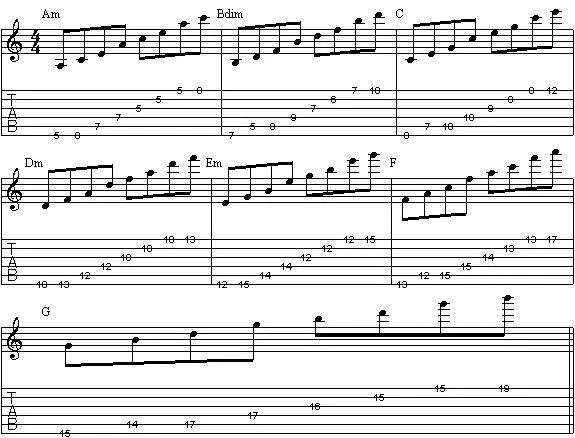
Sequentially placed musical notes on a stave are usually played in a consecutive manner, but sometimes there is a need to play multiple notes simultaneously, and this is known as a chord. In musical notation, chords are represented by placing note symbols vertically one above the other, indicating that the musician should press multiple keys at the same time.
Chords can consist of two, three, four, or even five notes. Chords consisting of three notes are commonly known as triads. However, some compositions may consist of four to five notes, which can be challenging to perform without proper musical training.
Arpeggiated chords are a type of chord where the musical notes are not played together but rather sequentially. In other words, the musician does not press all the keys of the chord simultaneously but instead quickly goes through them in ascending or descending order. These musical combinations are represented by a wavy horizontal line drawn before the chord notation.
Sound Volume
Musical notation captures all the essential elements of a melody, including the volume of the sound. The volume is indicated in musical notation using specific symbols placed above or below the lines of the stave. In this article, we will explore the fundamental musical terms used in musical notation to control the volume of compositions:
- PPP, which stands for pianississimo, means that the music should be played as quietly as possible, almost inaudibly;
- PP (pianissimo) – very quiet;
- “P” (piano) indicates that the music should be played quietly, but a bit louder than “pianissimo.”;
- MP (mezzo-piano) – moderately quiet;
- MF (mezzo-forte) – moderately loud;
- Fortissimo (FF) is actually the symbol used to indicate “very loud” in musical notation. The symbol “F” is used to indicate “loud” and is often used to contrast with softer sections of a musical composition to highlight a certain episode;
- The letter F stands for forte which means to play loudly. It is used in musical notation when a certain section of the composition needs to be emphasized by contrast;
- FF (fortissimo) – very loud;
- FFF (fortissimissimo) – as loud as possible;
- SFZ (sforzando) indicates a sudden, strong accent on a note or chord;
- A symbol < in musical notation represents a crescendo, which indicates a gradual increase in the volume of music during a specific section of a composition;
- The symbol “>” in musical notation represents a gradual decrease in volume, which is also known as diminuendo;
- FP (forte-piano) indicates that the melody in the marked section should be played loudly first and then immediately followed by a sudden transition to playing quietly.
In musical notation, some symbols may be preceded by the letter “s,” which stands for “subito” in Italian, meaning “suddenly.” These symbols indicate a sudden and rapid change in volume. For example, “sff” indicates a sudden transition to loud music, while “spp” indicates a sudden fading of the sound.
The use of pedals on the piano also affects the volume and richness of the sound. The right pedal, called the “forte” pedal, increases the volume of the musical composition. Without using this pedal, the sound stops as soon as you release the keys on the keyboard. Holding down the right pedal allows piano musical notes to continue to sound for some time after the keys are released.
The PED mark is written above the stave to indicate where to use the forte pedal in the composition, and an asterisk symbol above the stave shows where to release the pedal.
The left pedal of a piano, called the “piano” pedal, reduces the volume of the sound. Its operation differs between pianos and grand pianos. In a piano, the volume is decreased by reducing the distance between the strings and the hammers, while in a grand piano, the effect is achieved by shifting the hammers to the side and hitting only two of the three strings responsible for each musical note.
How to make music compositions?
Memorizing a melody that comes from a moment of inspiration can be a challenging task for even the most experienced composer. Even the maestro will improvise and create new music during subsequent plays. For beginners, this task can be even more impossible. Thus, it’s best to record your results and achievements immediately. Mastering musical notation and saving the invented compositions will prevent regret for the lost songs in the future.
Manually recording compositions is an option. You can play a short fragment and write it down in a music book. This only requires the presence of a musical instrument and basic knowledge of music. However, using this technique can lead to constantly going astray, forgetting where you left off, and starting over again. Consequently, the task may take a lot of time and discourage future music composition.
The easiest way is to use specialized software for recording and editing melodies, such as Amped Studio. This program will automatically record piano musical notes if you play a song on a musical instrument. You can then edit the composition and add additional effects from the sound library.
Modern software allows people to write songs without any formal musical education. Success comes from loving music and feeling it with your soul. By trying, you can create real hits that your friends, acquaintances, and even strangers will enjoy singing along to.



